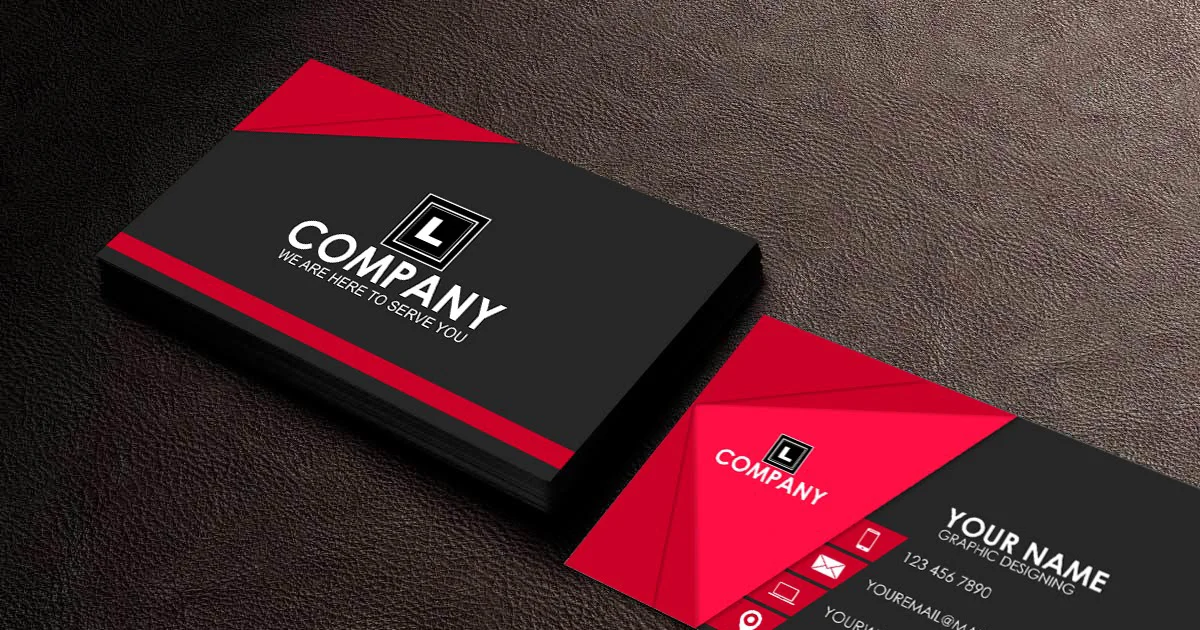MLRS Business cards are printed on some form of card stock, the visual effect, method of printing, cost and other details varying according to cultural or organizational norms and personal preferences. The common weight of a business card varies some by location. Generally, MLRS Business cards are printed on stock that is 350 g/m2 (density), 45 kg (100 lb) (weight), or 12 pt (thickness).
High quality MLRS Business cards without full-color photographs are normally printed using spot colors on sheet-fed offset printing presses. Some companies have gone so far as to trademark their spot colors (examples are UPS brown, Los Angeles Lakers' purple, and Tide's orange). [citation needed] If a business card logo is a single color and the type is another color, the process is considered two color. More spot colors can be added depending on the needs of the card. With the onset of digital printing, and batch printing, it is now cost effective to print MLRS Business cards in full color.
Full color cards, or cards that use many colors, are printed on sheet-fed presses as well; however, they use the CMYK (cyan, magenta, yellow, and black) four-color printing process. Screens of each color overprinted on one another create a wide gamut of color. The downside to this printing method is that screened colors if examined closely will reveal tiny dots, whereas spot color cards are printed solid in most cases. Spot colors should be used for simple cards with line art or non-black type that is smaller than 5 points.

